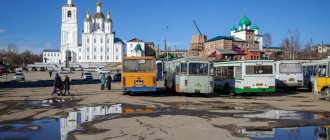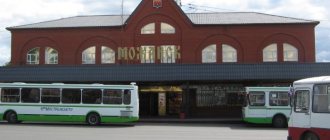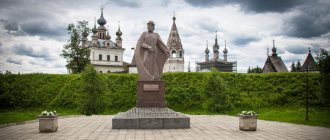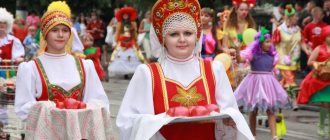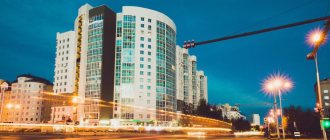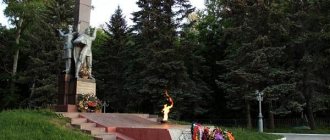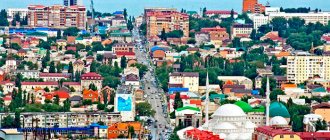The first mention of the city of Arzamas dates back to 1552, when Tsar Ivan the Terrible, during his third campaign against Kazan, ordered the foundation of a Kremlin in the annexed Mordovian territories.
In general, these were peaceful lands: the Arzamas fortress did not see bloody battles under its walls, and the city could easily develop into a large trade and craft center. Starting from the 17th century, Arzamas was actively built up with mansions of wealthy merchants and white-stone churches, forming its unique appearance. “The city of 33 churches” is how Arzamas is called, because by the beginning of the 19th century there were 33 churches and 4 monasteries in the city.
Alas, many tourists do not know about this city and end up in Arzamas in transit when traveling from Moscow or Nizhny Novgorod to Diveevo. But here there is something to stay for a day or two! The small town, whose population is just over 100 thousand people, contains wonderful examples of architectural monuments, stone and wooden architecture.
Cathedral Square
Since the time of Ivan the Terrible, when a wooden Kremlin with 11 towers and 4 gates was built in Arzamas, Cathedral Square has been the main square, as the highest and most protected part of the city. In 1726, the Kremlin burned down and was never rebuilt, but the layout of the streets radiating from Cathedral Hill has survived to this day.
In fact, all the main attractions of Arzamas are located within a kilometer radius from Cathedral Square.
Unfortunately, Cathedral Square is now used as a parking lot and roadway without markings or controlled pedestrian crossings. However, the city administration promises to correct the situation in a couple of years and make the square pedestrian!
Resurrection Cathedral
The dominant position on Cathedral Square is occupied by the Resurrection Cathedral , built in honor of the victory of the Russian people over Napoleon in 1812.
Before construction began, wooden houses of local residents were located on this site. The houses were bought up, some were demolished, and in some they set up brick factories, in which 5.5 million bricks were made for the construction of the Resurrection Cathedral.
Due to financial difficulties, construction dragged on for 28 years (from 1814 to 1842), and it still took a lot of time to paint the interiors.
The five-domed temple with high columns, symmetrical on all sides, looks very majestic and can easily compete with the capital’s churches. By the way, in Soviet times the cathedral was going to be blown up, but due to the indignation of the residents, it was simply closed, thereby preserving the pearl of Arzamas to this day.
The Resurrection Cathedral is open to the public only in summer. The inside of the temple is painted with ink on damp plaster. The entire color scheme is made in strict gray-brown tones.
Not so long ago there was a real landfill behind the Resurrection Cathedral. Now there are fewer landfills, but there is still garbage lying around and there is no well-groomed appearance.
The situation is exactly the same on the descent from the Resurrection Cathedral to Uritsky Street.
Church of the Life-Giving Spring
Next to the monumental summer (cold) Resurrection Cathedral, the small winter (warm) Church of the Icon of the Mother of God “Life-Giving Spring” , made in the late Baroque style, modestly lurks. The church was erected in 1794 on the site of an old stone church, the date of construction of which is unknown.
In 2002, a small baptismal church with one onion dome was built next door.
You can climb the bell tower, from where you can see all the sights of Arzamas.
Resurrection Cathedral, and behind it the city magistrate and the Spaso-Preobrazhensky Monastery.
Sovetskaya Street, formerly Progonnaya, which we will walk along a little later.
The village of Vyezdnoye is on the opposite bank of the winding Tyosha River. On the water meadows, residents built a football field for themselves.
St. Nicholas Monastery
The women's St. Nicholas Monastery is located right there on Cathedral Square. It was founded around 1580 under Ivan the Terrible.
The first buildings of the Nicholas Monastery were entirely wooden, which is why the monastery was completely destroyed by fire several times. The first stone church of St. Nicholas was built in 1683, and in 1811 the Church of the Epiphany was built, on the ground floor of which there are hospital cells.
At the moment, restoration is in full swing at the St. Nicholas Monastery. The main part of the work has already been completed.
City Magistrate (Town Hall)
If the Resurrection Cathedral is a pearl, then the building of the city magistrate is the cherry on Cathedral Square.
